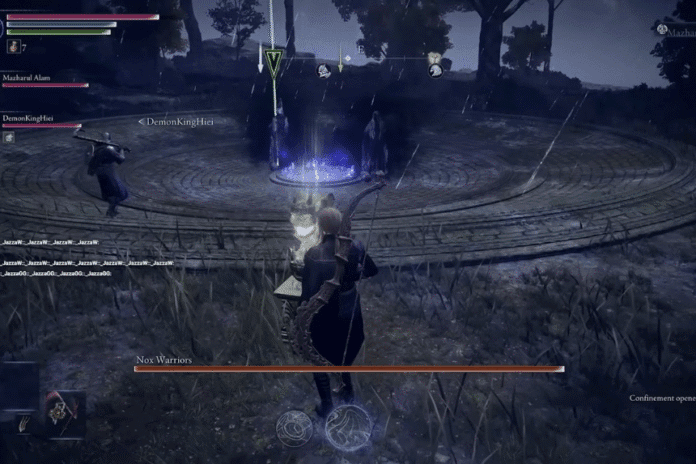Struggling to keep your teammates alive in Elden Ring: Nightreign? Reviving teammates is essential in this deadly co-op adventure, and doing so quickly can save a run. This guide has got you covered with everything you must know—going over the revival system, top weapons, and Ultimate Arts—to ensure your teammates are resurrected before time runs out.
Mastering Revivals in Elden Ring: Nightreign
Even with strategy, though, Elden Ring: Nightreign is merciless by design. After you’ve acclimated to the co-op system and matchmaking, reviving others—and vice versa—soon becomes second nature in the heat of combat.
How Revival Works in Nightreign
Instead of simply punishing you with a game-over screen like more traditional souls-like games, Nightreign tweaks death. When a character’s health reaches zero, they do not die outright. Rather, they fall to the floor and start crawling, with a brief countdown timer on the screen. The other player has this time to try and revive them by throwing attacks to empty a special revival gauge. This gauge can build up to three bars in length if the downed character dies multiple times. If the teammates are unable to act in time, the player dies and loses both a level and all the runes that they were carrying.
Using Light Weapons for Quick Revives
Fast melee weapons are one of the best tools for bringing a teammate back quickly. Weapons like one-handed swords or whips, especially when used by characters with high stamina, allow you to strike rapidly and continuously. The goal is to keep hitting the downed player until the revival bar is fully depleted—without exhausting your stamina, since you might need to dodge incoming attacks at a moment’s notice.
Heavy Weapons Can Still Get the Job Done
Characters equipped with large, heavy-hitting weapons—like the Raider class—often struggle with the speed needed for quick revives. These classes tend to tire out fast, making it harder to land multiple hits in the short window available. However, charging up a strong attack by holding down the attack button can be a viable alternative. The extra damage from a charged hit helps compensate for the slower pace, making it possible to revive an ally with fewer strikes.
Ranged Weapons Offer the Safest Option
Arguably the most effective way to handle revives is with ranged weapons. Bows and crossbows let you assist teammates from a safe distance, and their firing rates are generally fast enough to drain the revival gauge efficiently. Even if your character isn’t built for ranged combat, carrying a bow or crossbow for this specific purpose is highly recommended. It reduces your risk of getting caught in close-quarters combat while helping your team at critical moments.
When to Rely on Ultimate Arts
If all else fails—or the situation is too intense for standard methods—Ultimate Arts can come to the rescue. The Guardian’s Wings of Salvation launches the character into the air and brings them crashing down, dealing damage while reviving a teammate. The Revenant class has Immortal March, a skill that not only buffs their familiars with temporary invincibility but also revives nearby allies in critical condition.
Keep Cooldowns in Mind
While Ultimate Arts are powerful, they come with cooldowns, so they can’t be your primary revival method. Think of them as emergency tools—best used when everything else has failed or when you need to multitask mid-battle. The more options you have at your disposal, the better, especially in high-stakes fights against the Night Lords where things can go south fast.

